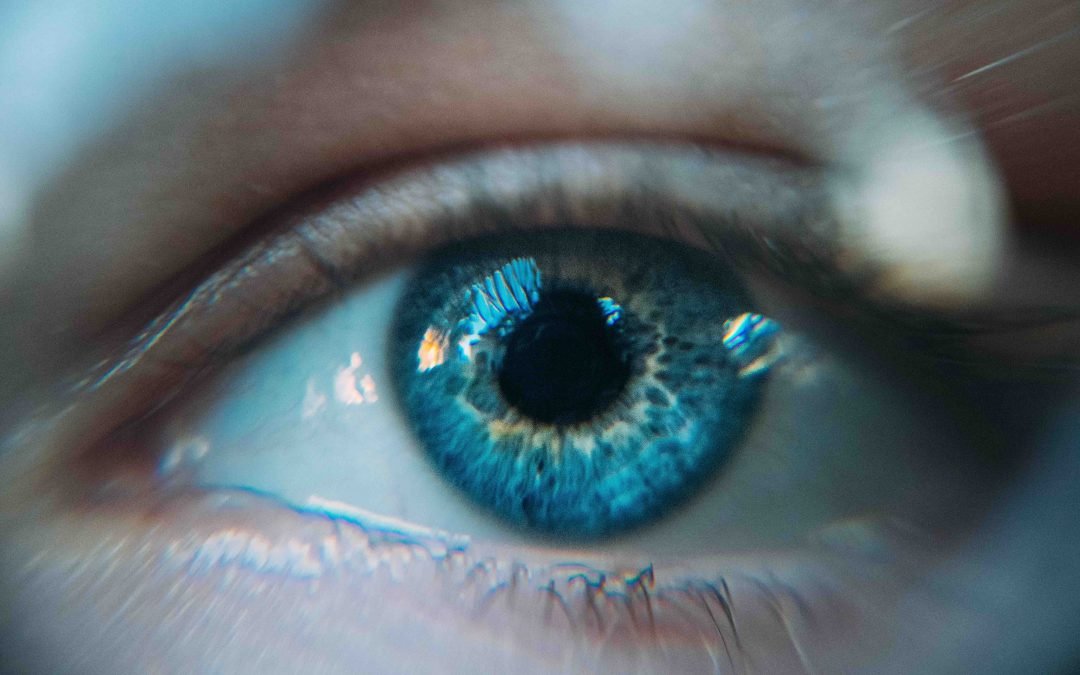I was doing some research into HDR10, Dolby Vision and the upcoming HDR10+, so I decided to write a quick blurb about this daunting terminology.
What is HDR ?
HDR is the image technology that enables displays to have more vivid, brighter colors with better contrast. This is in comparison to standard range. Support for HDR begins at the source or the camera level, so this content is shot with an HDR capable camera. A lot of TVs supporting this technology do upscale to something like near-HDR quality. So, with the new 4K TVs one does get 4K resolution, but it is the HDR capability gives the pixel the vividity and richness. Imagine controlling the contrast, color, brightness and more by each frame or scene. Deep!
The new HDR Formats
HDR10
HDR10 is an open source format that most UHD capable TVs can handle. This format supports upto 4000 nits brightness and a 10bit color depth. This format is not a dynamic metadata format (see Dolby Vision and HDR10+ below) but a static format although it is the most widely supported format. Some of the flaws of HDR10 is that it is static so it cannot have metadata by each individual frame. Also, there is the brightness and color depth limitations compared to the other 2 formats. Most TVs support this format that is available in all the Samsung UHD TVs and many other 4K TVs.
Dolby Vision
Dobly Vision supports upto 10,000 nits brightness and a 12 bit color depth. This is a licensed technology that offers dynamic metadata which results in amazing depth and color range in each frame. This format is less popular but far superior than HDR10. A lot of the high end LG tv models support Dolby Vision. VUDU exclusively supports Dolby Vision for its HDR movie streams. A lot of shows like Stranger Things 2 on Netflix do support Dolby Vision when streamed via compatible devices like the Apple TV 4K.
HDR10+
HDR10+ is the open source alternative to Dolby Vision and it also offers dynamic metadata without the licensing costs associated with Dolby Vision. This format is spearheaded by Samsung and has the support of Panasonic and Amazon. The features of HDR10+ are similar to Dolby Vision. I will add more details about HDR10+ soon.
Interestingly the new Apple TV 4K supports both HDR10 and Dolby Vision and as mentioned earlier, a lot of new shows are showing support for Dolby Vision when streamed via a Dolby Vision compatible device like the Apple TV 4K. I think the current winner of this pack is Dolby Vision as it has a lot of support from TV manufacturers like LG and streaming services like VUDU and Netflix(for some shows only). But I would watch out for HDR10+ as it has the right backing from some tech heavyweights and imho zero licensing costs / open source model is a winner long term.
Update: tvOS14 brings a lot of new feature the AppleTV. Read about it here.
— Gary Saggu
Read my interesting article about the iPhoneX form factor here.
Gary Saggu has been coding since the 80’s. He has been programming in C, C++,C#, Java, Objective C and Swift for many years. He has an interest in tech startups, blockchain & big-data technologies. He is a certified Yoga instructor & a scuba diver. Visit Gary Saggu’s tech blog here. Check out my new app Yogamap.


